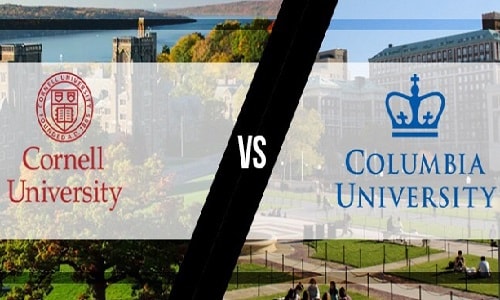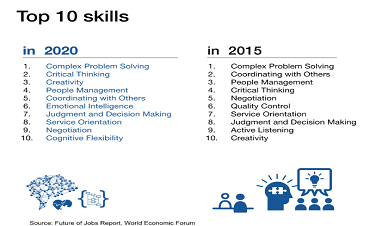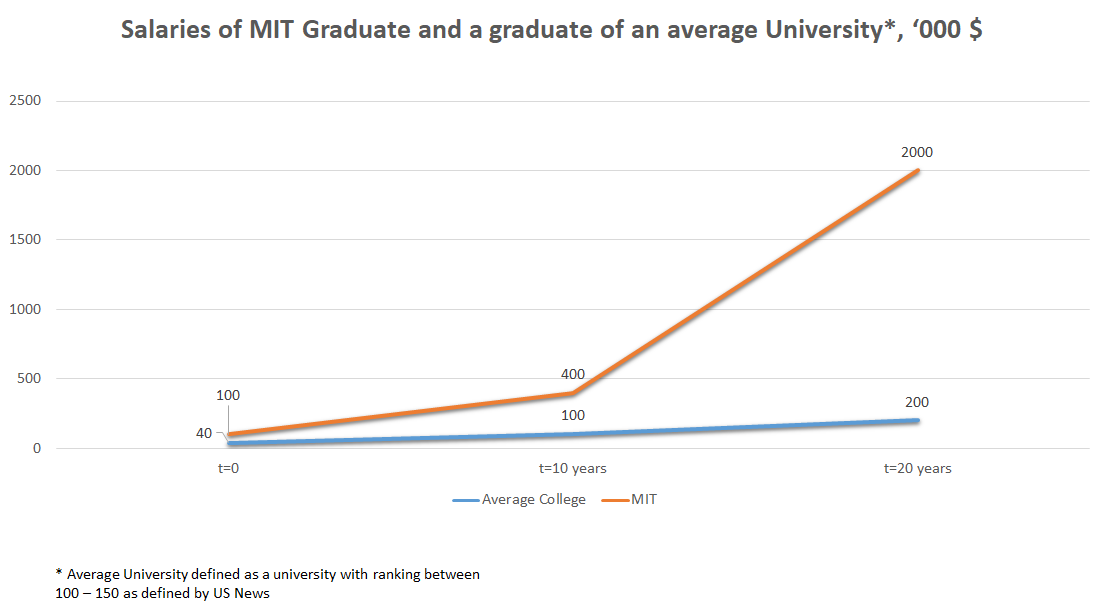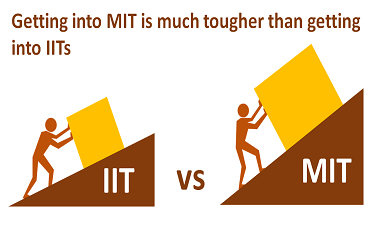Harvard vs MIT
- Written by UnivAdmitHelp
- Category: Insights & Information
- Published on 17 Feb 2023
MIT and Harvard are two of the most prestigious universities in the world, both located in Cambridge, Massachusetts, USA. Despite being in the same city and sharing certain similarities, they differ greatly in their history, location, undergraduate admissions, popular majors, and many more. It is also about ivy league vs non-ivy league as MIT is not an ivy league school. This blog will give insights on MIT and Harvard on these factors.
History
Harvard is the oldest institution of higher learning in the United States, founded in 1636, just a few decades after the Pilgrims landed at Plymouth Rock. It was originally intended to train Puritan ministers, but it has evolved into a comprehensive research university with a wide range of undergraduate and graduate programs. It was named for the college’s first benefactor, the young minister John Harvard, who was a puritan minister and, upon his death in 1638, left his library and half his estate to the institution. Over, the centuries, Harvard has produced numerous US presidents, foreign leaders, and Nobel laureates.
MIT, on the other hand, is a much younger institution, founded in 1861 in response to the Industrial Revolution. Its mission was to train engineers and scientists to help drive American innovation and competitiveness. The Governor of the Commonwealth of Massachusetts signed a charter to incorporate William Barton Rogers' proposed "Massachusetts Institute of Technology and Boston Society of Natural History," a new form of higher education designed to address the challenges posed by the rapid advancement of science and technology in the mid-19th century that classic institutions were ill-prepared for. MIT's contributions to science and engineering have been enormous, including pioneering work in fields such as nuclear physics, computer science, and artificial intelligence.
|
|
MIT |
Harvard |
|
Location |
Cambridge, US |
Cambridge, US |
|
Acceptance Rate for Class of 2026 |
3.96% |
3.9% |
|
Undergraduate Enrolment |
4300 approx |
7500 approx |
|
Average SAT Score |
1520 – 1580 |
1480-1580 |
|
Average ACT Score |
35 - 36 |
33 - 36 |
|
U.S. News Ranking |
2 |
3 |
|
Scholarship |
Need-blind |
Need-blind |
Location
Both MIT and Harvard are located in Cambridge, Massachusetts, a city just across the Charles River from Boston. However, their campuses are located in different parts of the city, and they have different relationships with their surroundings.
Harvard's main campus is situated in Harvard Square, a bustling commercial and cultural center of Cambridge. Harvard Square is known for its historic architecture, lively street performers, and diverse restaurants and shops.
MIT, on the other hand, is located a bit further west, near the banks of the Charles River. The campus is adjacent to the vibrant tech hub of Kendall Square, which is home to numerous high-tech companies and startups.
As both Harvard and MIT are located in New England, you can expect all four seasons, from summers averaging 25° Celsius to winters as cold as 0° Celsius.
Undergraduate Admissions
Harvard and MIT both have highly selective undergraduate admissions processes, with acceptance rates around 4-5% in recent years. However, they have different approaches to the admissions process.
Harvard considers a wide range of factors in its admissions decisions, including academic achievement, extracurricular activities, personal qualities, and socioeconomic background. The admissions committee also looks for evidence of character, leadership, and impact on the community. In recent years, Harvard has placed a greater emphasis on diversity, both in terms of race and ethnicity and in terms of geography and life experiences.
MIT's admissions process is also holistic, but with a greater focus on academic achievement and technical skills. MIT looks for students who are passionate about science and engineering and who have demonstrated a strong aptitude in these areas. The admissions committee also looks for evidence of creativity, innovation, and initiative, as well as a commitment to making a positive impact on society.
Popular Majors
Harvard and MIT offer different programs of study, reflecting their different missions and histories. Some of the most popular majors at each institution include:
Harvard
· Economics
· Computer Science
· Molecular and Cell Biology
· Psychology
· History
MIT
· Computer Science
· Mechanical Engineering
· Electrical Engineering
· Physics
· Mathematics
While there is some overlap in the majors offered, the differences reflect the institutions' distinct strengths and priorities.
Size
MIT has a around 4500 in undergraduate programs whereas Harvard has total undergraduate enrolment around 7,500 students. Therefore the student faculty ratio in MIT is 3:1 in comparison with 6:1 in Harvard.
Financial Aid
At first glance, both MIT and Harvard may appear costly, with annual tuition fees above $70,000. However, it is important to note that most students at both universities receive some form of financial aid. Neither school offers merit-based scholarships; all scholarships are based on financial need. Additionally, both MIT and Harvard are need-blind and meet 100% of demonstrated need.
Harvard University has twelve degree-granting schools in addition to Radcliffe Institute for Advanced Study where as MIT has five schools (Science, Engineering, Architecture and Planning, Management, and Humanities, Arts, and Social Sciences) and one college (Schwarzman College of Computing), but no schools of law or medicine.
MIT and Harvard both allow cross-registration with each other, along with several other colleges and universities in the Boston area.
Conclusion
MIT and Harvard are extremely selective in terms of number of students they accept. Both of them offer world-class undergraduate programs in various fields.
When it comes to choosing of one of the schools then it all depends on their foci. While MIT has varied programs, STEM programs, particularly those in technology and engineering, are the main reasons for going to MIT for most of the students. Meanwhile, students attend Harvard to study subjects across the gamut. Overall, both are great places to study.
Recent Posts
-

Comprehensive List of 30+ questions that High School Indian Parents and Students ask for US Admissions..
-

Common App Essay Tips 2025
-

Best extra-curricular activities for college admission for Indian students
-

How Many Universities Should You Apply To? Expert Tips for U.S. and U.K. Admissions for Indian Students
-

Step-by-Step Guide to Creating an Exceptional Capstone Project for Indian Students




